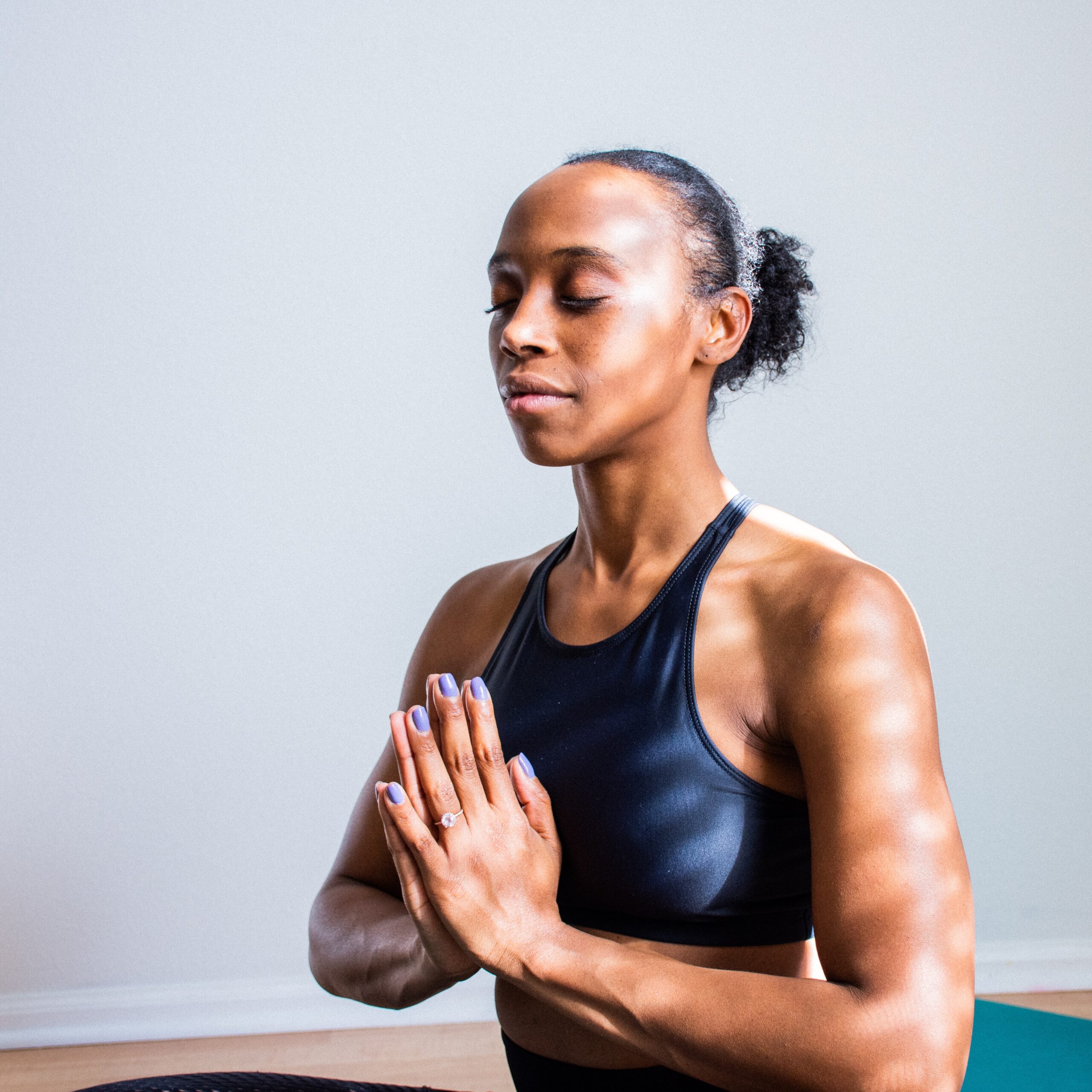Exercise for Fibromyalgia – Non-Pharmacological Therapies
Exercise, diet, supplements, and alternative therapies, such as massage, acupuncture, hydrotherapy, hypobaric chamber and many others, are treatments that help relieve fibromyalgia symptoms. To illustrate the effectiveness of a variety non-pharmacological (non-medication) therapies, I have provided an overview of the research findings below. Detailed descriptions of potentially effective therapies will be provided at a later point.
Exercise is currently the only therapy with strong scientific evidence of being effective in the treatment of fibromyalgia. 17. “How can I possibly exercise when just walking the length of myself leaves me in excruciating pain?” (or words to similar effect), I hear you exclaim. In all honesty, I wouldn’t have believed it possible myself in my worst state, when I struggled to leave my bed and needed a wheelchair to get around outdoors. However, exercise was fundamental in my journey to wellness. However, for me, it is the very best way to manage my pain. Of course, the key was to start very low and slow and increase very, very gradually.
Positive Effects of Exercise for Fibromyalgia
Scientific research shows that different types of exercise have positive effects in fibromyalgia patients. For example, an umbrella review (a review of a number of systematic reviews of scientific research) on the effects of exercise in patients with fibromyalgia was published in 2020. Firstly, reviewers discovered that most of the reviews investigated the effects of aerobic exercise and strength training. Also, a variety of exercises was successful in treating fibromyalgia symptoms, and no serious adverse events occurred. In conclusion, the largest effects of exercise were in terms of improved pain intensity and quality of life. 29.
Exercise to Tolerance
Exercise is also essential to help normalise metabolism. 15. Research has shown that fibromyalgia patients should engage in forms of exercise that they enjoy and gradually increase the intensity as their symptoms diminish. They call this “Exercise to Tolerance”. A combination of weight-bearing, aerobic and toning exercises is considered to be most effective. This is due to weight-bearing exercise supporting bone health and aerobic exercise strengthening the cardiovascular and pulmonary systems. In addition, toning exercises build lean muscle mass, which results in improved metabolism. The authors also suggest that the many patients who have become severely deconditioned owing to their fibromyalgia symptoms, may find warm-water exercise an ideal way to begin exercising to tolerance. 15.
Exercise and Improved Mental Health
Exercise has also been successful in improving the mental health of fibromyalgia patients. One study investigating the effects of preferred exercise found that fibromyalgia patients had decreased depression, tension, and mental confusion, in addition to improved quality of life. 30. Another 2020 study highlights that fibromyalgia patients experiencing physical fatigue can believe that their fitness levels are lower than they actually are. 31. Therefore, the fibromyalgia patient finds exercise stressful, which exacerbates fibromyalgia symptoms. The authors suggest that engaging in meditative exercise, such as Tai Chi and Yoga, can improve physical performance through gentle, confident and mindful movement. Meditative exercise can also reduce fatigue, and lead to fibromyalgia patients finding exercise less stressful. Meditative exercise is also effective in improving sleep quality. 32.
Next: Diet and Supplements for Fibromyalgia
References
15. Nowicki, J. and Lowe, J.C., 2020. Fibromyalgia Syndrome. In Textbook of Natural Medicine (pp. 1319-1329). Churchill Livingstone.
17. Carville, S.F., Arendt-Nielsen, S., Bliddal, H., Blotman, F., Branco, J.C., Buskila, D., Da Silva, J.A.P., Danneskiold-Samsøe, B., Dincer, F., Henriksson, C. and Henriksson, K.G., 2008. EULAR evidence-based recommendations for the management of fibromyalgia syndrome. Annals of the rheumatic diseases, 67(4), pp.536-541.
29. Andrade, A., Dominski, F.H. and Sieczkowska, S.M., 2020, February. What we already know about the effects of exercise in patients with fibromyalgia: An umbrella review. In Seminars in arthritis and rheumatism. WB Saunders.
30. Andrade, A., Steffens, R.D.A.K., Vilarino, G.T., Miranda, R., Benetti, M. and Coimbra, D.R., 2020. Preferred exercise and mental health of the patients with fibromyalgia syndrome. Complementary Therapies in Clinical Practice, 40, p.101195.
31. Pulido-Martos, M., Luque-Reca, O., Segura-Jiménez, V., Álvarez-Gallardo, I.C., Soriano-Maldonado, A., Acosta-Manzano, P., Gavilán-Carrera, B., McVeigh, J.G., Geenen, R., Delgado-Fernández, M. and Estévez-López, F., 2020. Physical and psychological paths toward less severe fibromyalgia: A structural equation model. Annals of physical and rehabilitation medicine, 63(1), pp.46-52.
32. Estévez-López, F., Maestre-Cascales, C., Russell, D., Álvarez-Gallardo, I.C., Rodriguez-Ayllon, M., Hughes, C.M., Davison, G.W., Sañudo, B. and McVeigh, J.G., 2020. Effectiveness of exercise on fatigue and sleep quality in fibromyalgia: a systematic review and meta-analysis of randomised trials. Archives of Physical Medicine and Rehabilitation.





